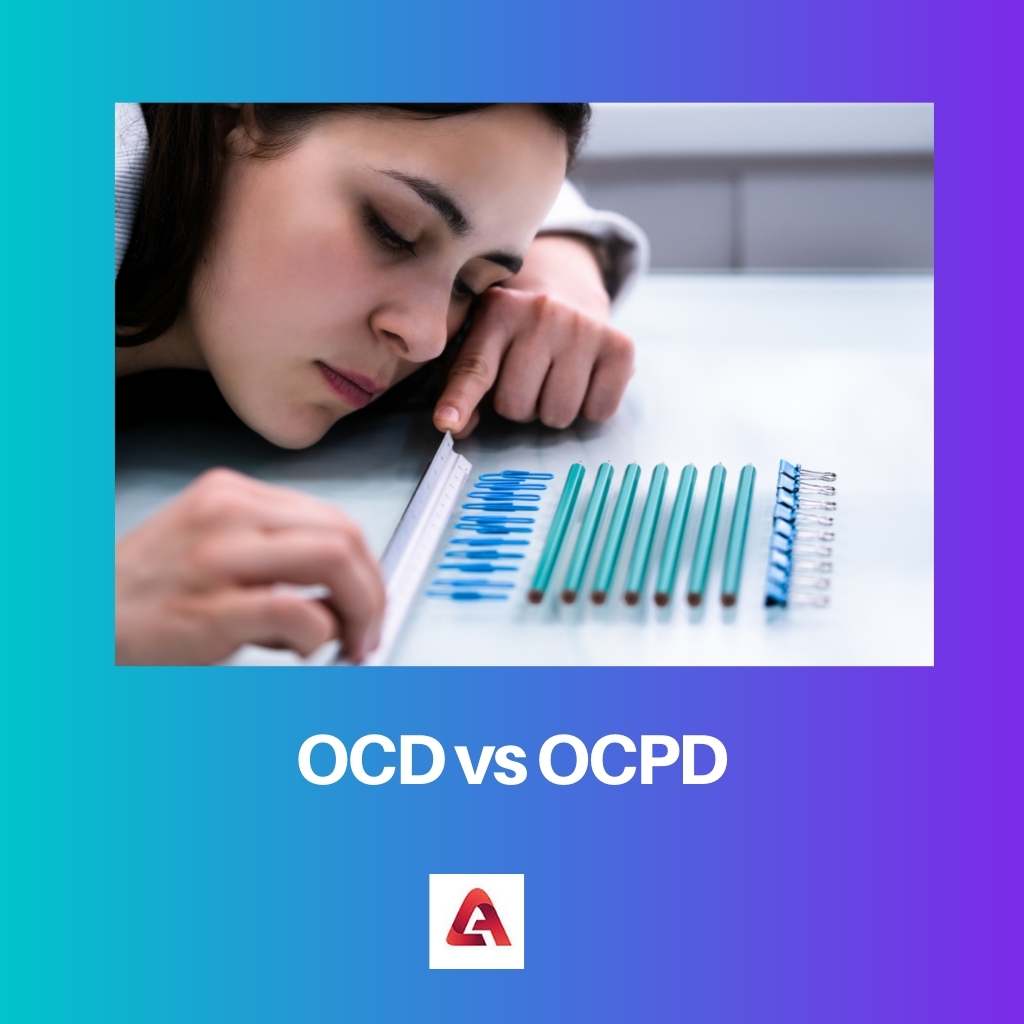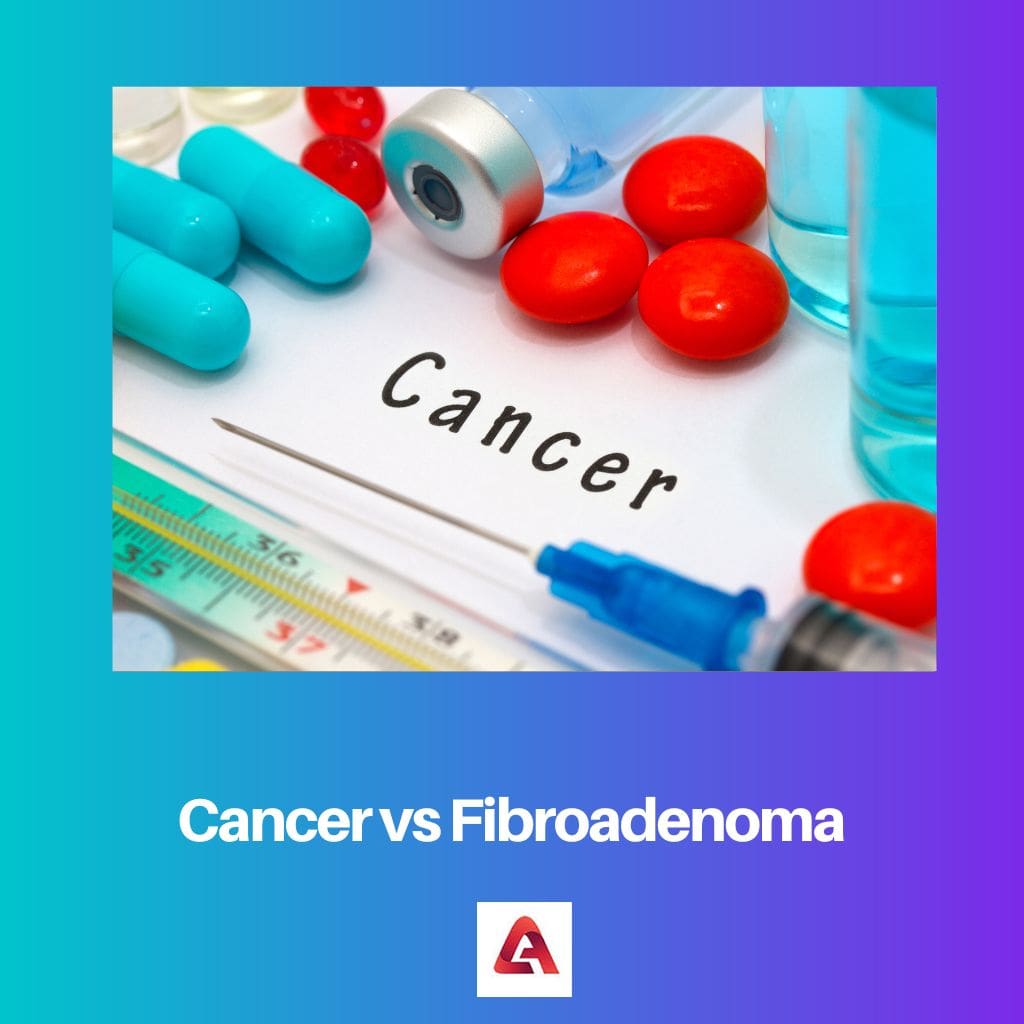Despite the fact that OCD and OCPD are quite comparable and have almost identical full forms, they are not the same. On the other hand, both conditions have a distinct capacity to cause discomfort since they interfere with a person’s ideas, emotions, and behaviours.
Learning the features and distinctions between OCPD and OCD might assist someone with one of these illnesses to help us understand their situation. A person can locate the greatest therapies accessible with this knowledge.
As a result, this page employs a comparison table and different points to highlight the minor but significant distinctions between the two diseases.
Key Takeaways
- Obsessive-Compulsive Disorder (OCD) is an anxiety disorder characterized by intrusive thoughts and compulsive behaviors. At the same time, Obsessive-Compulsive Personality Disorder (OCPD) is a personality disorder marked by a persistent preoccupation with orderliness and control.
- People with OCD experience significant distress from obsessions and compulsions, whereas individuals with OCPD may not view their traits as problematic.
- Treatment approaches for OCD include exposure and response prevention therapy, while OCPD requires a focus on addressing maladaptive personality traits through psychotherapy.
OCD vs OCPD
OCD is a medical condition that causes discomfort to a person’s emotional and mental health, and it appears more of a phobia and less of a psychological complexity. OCPD is a medical condition that causes a person to desire full completeness and order, and it occurs in your early 20s to late 50s

Obsessive-Compulsive Disorder (OCD) is a form of anxiety. It’s an anxiety condition in which a person has a recurring fixation and urge.
An individual with OCD becomes stuck in a cycle of thoughts and is concerned with painful and meaningless actions that are difficult to escape. If OCD is not addressed, it can have a negative impact on a patient’s ability to function in his everyday life.
OCD was always thought to be an uncommon condition, but according to a survey performed by the National Institute of Mental Health (NIMH), two percent of the total population is afflicted. It’s on par with other mental disorders like schizophrenia or bipolar disorder in terms of prevalence.
OCPD, on the other hand, stands for Obsessive-compulsive personality disorder. It is a psychiatric syndrome in which a person strongly desires order, completeness, and mental and social control.
People suffering from the disorder have a compulsive urge to obey guidelines and restrictions and a moral or ethical standard from which they might not stray. To put it another way, they believe they are always correct.
Having OCPD might make it difficult for a person to relate to others. While people with this illness may frequently create positive change if they seek therapy, they seldom realize they have a problem, therefore, it goes untreated.
Comparison Table
| Parameters of Comparison | OCD | OCPD |
|---|---|---|
| Full Form | Obsessive Compulsive Disorder | Obsessive Compulsive personality Disorder |
| Symptoms | Compulsive urges and immense obsession towards frequently normal tasks like washing hands, cleaning floors, writing on walls, etc. | The nature and personality of the patient revolve around strictness, punctuality and obsession towards perfection. |
| Ratio and Stats | Approximately 2% of the total world population is affected by OCD. | Between 5-7% of the total world population has OCPD. |
| Age Group | 8-12 years of age starts emitting the onset of OCD. | The early 20s to late 50s show the symptoms of OCPD |
| Treatment | Medical assistance and psychological therapies. | Psychological treatment and therapies. |
What is OCD?
Obsessive-compulsive disorder (OCD) is a mental illness in which patients experience recurrent, unwelcome feelings, ideas, or impulses (obsessions) that make individuals feel compelled to do something again and over again (compulsions).
Washing hands, Germophobia, checking on items, and cleaning are examples of repeated habits that can severely disrupt a person’s everyday tasks and human activities.
Many individuals who do not have OCD have disturbing thoughts or actions. These habits and attitudes mess with the patient’s social life, and hence, it affects their lifestyle and living indirectly.
OCD patients are sometimes hard to deal with, and therefore professional care is always recommended. Not engaging in the actions creates a lot of grief.
Many OCD patients come to realize that the urges and compulsiveness they hold are unrealistic, yet recovering from the subconscious habits is a very difficult process.
Individuals with OCD have trouble disconnecting from intrusive thoughts or ceasing compulsive tendencies, even when they are aware that their preoccupations are unrealistic.
Preoccupations and obsessions are difficult to manage. For instance, a person may be obsessed with the idea that his hands are unclean and that he’ll have to wash himself every time this thought flashes in his brain.
As a result of the preoccupation, the individual engages in compulsions, which are recurrent actions. Cleansing, measuring, checking, rehearsing, and collecting are all frequent impulses that an early OCD patient practices.
What is OCPD?
Obsessive-Compulsive Personality Disorder is a compulsively intense psychological disorder. It’s a behavioural condition characterized by a preoccupation with rules, structure, and perfectionism.
OCPD might be diagnosed when a person’s habits become chronic and debilitating. When an individual with OCPD loses control, he is frequently agitated.
In certain cases, the individual feels enraged or emotionally withdraws. For those with OCPD, expressing their feelings might be challenging.
Fixations are unwanted urges, thoughts, ideas, or pictures. Compulsions are repetitive actions that a person feels compelled to engage in.
Asking, cleansing, analyzing, and symmetry are all frequent compulsions. People with OCPD might sometimes find it tough to interact with others, and their obsession with perfectionism and strict control can create difficulties in operating.
Obsessive-compulsive disorder is not at all like OCPD. OCD is classified in its group of psychological illnesses termed “Overly obsessed and Associated Disorders” in the “Diagnostic and Statistical Manual of Mental Disorders, Fifth Edition (DSM-5).”
Hereditary, ecological, and dynamic variables all have a role in the development of OCPD. These variable elements include the subconsciously chosen approach of the person to deal with their unique blend of genetic characteristics and familial environment.
And, hence pinpointing a definite source or root of this disorder is difficult in some cases.
Main Differences between OCD and OCPD
- OCD stands for Obsessive-Compulsive Disorder, whereas OCPD stands for Obsessive-Compulsive Personality Disorder.
- Obsessiveness and compulsive urges are symptoms of OCD, but in OCPD, the patient has none of these symptoms, instead, he/she thinks about perfection and flawlessness every time.
- OCD symptoms can reduce from long treatment regimes, whereas OCPD starts permanently affecting the patient’s personality, which is irreversible even with treatment.
- OCD can be cured using medical treatments, whereas OCPD can never be cured, but it can be minimized by psychological therapy and routine confession chamber visits.
- OCD can sometimes be minute and affects the person’s psychological health, whereas OCPD physically and mentally tires down the patient and permanently degrades logical thinking abilities.






